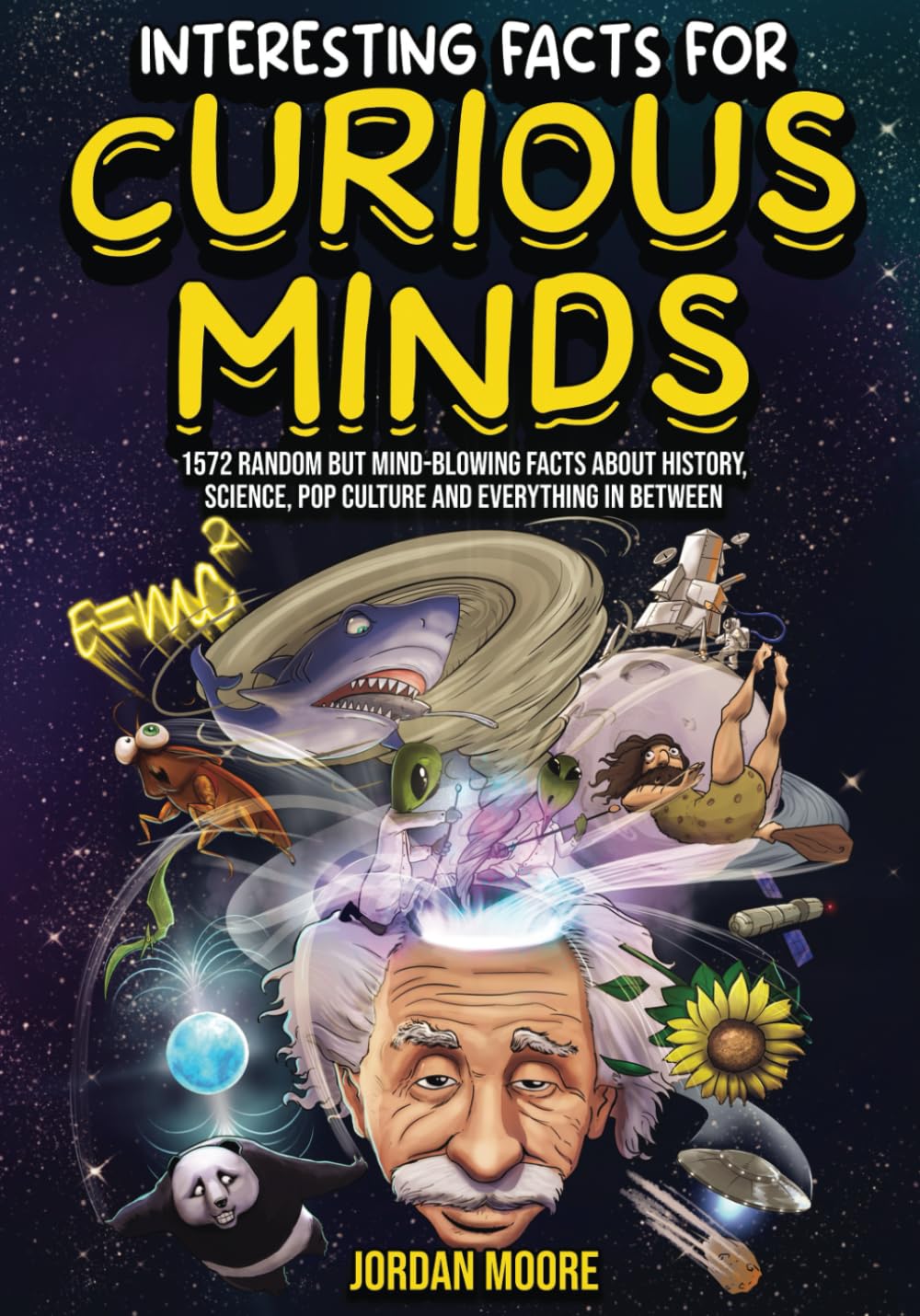
Interesting Facts For Curious Minds: 1572 Random But Mind-Blowing Facts About History, Science, Pop Culture And Everything In Between
The Wild World Of Musical Instruments
byThe world of musical instruments is as varied as it is fascinating, showcasing creativity and cultural evolution in every note. The Wild World of Musical Instruments reveals some of the most unexpected and extraordinary instruments used throughout history. The harmonica, for example, holds the title of the world’s best-selling instrument, with approximately three million units sold annually. Its widespread popularity can be attributed to its compact size, ease of use, and affordability, making it a go-to choice for both amateurs and professionals alike. On the other hand, the kazoo, another instrument of humble beginnings, often serves as a beginner’s first tool in the world of music. While it may seem simple, the kazoo has become an integral part of many genres, showcasing that even the most basic instruments can create joy and play a crucial role in musical expression.
The diversity of musical instruments is highlighted by some of the most unusual and historically significant creations. For instance, the glass harmonica, invented by Benjamin Franklin in 1761, is an extraordinary instrument that uses friction to create sound. Made from a series of glass bowls arranged by size, the instrument produces ethereal tones as the musician runs their fingers along the edges of the glasses. This inventive approach to sound production demonstrates the endless possibilities of musical creation. Meanwhile, the Earth Harp, which holds the title of the world’s longest stringed instrument, features strings that extend over 950 feet, offering a visual and auditory spectacle. Such instruments highlight not only the creativity behind their design but also the profound connection between music and technology.
From the simplicity of bucket drumming to the complexity of the Messiah Stradivarius, the range of instruments created over the centuries showcases human ingenuity. The Messiah Stradivarius, crafted in 1716 by the renowned violin maker Antonio Stradivari, is considered the most expensive violin ever sold, with a value estimated at over $20 million. This violin, in pristine condition, has been largely untouched by time due to its rarity and historical significance. Its creation during Stradivari’s golden period remains a testament to the mastery of the luthier’s craft. Conversely, the rise of modern instruments such as synthesizers, first introduced to the public in 1965 by Robert Moog, revolutionized music production. The Moog synthesizer’s ability to create an array of sounds helped shape the music of the 20th century, influencing genres like rock and electronic music, and solidifying its place in the pantheon of influential musical instruments.
As we move from historical creations to contemporary innovations, the evolution of instruments continues to reflect society’s changing tastes and technological advances. Instruments like the theremin, which is played without physical contact, have contributed to a unique form of musical expression. Invented by Russian scientist Leon Theremin in 1919, the theremin produces sound by detecting the movement of a person’s hands near its antennas, offering an otherworldly quality to the music it creates. This completely electronic instrument exemplifies how music technology has evolved, providing artists with new ways to create and perform. Similarly, instruments like the Moog synthesizer and even the kloo horn, featured in the Star Wars movie “A New Hope,” highlight how music continues to adapt and surprise audiences with fresh sounds and innovative techniques.
The journey of musical instruments is not just a historical narrative; it is also a reflection of cultural identity and the evolution of human creativity. The bull-headed lyre, discovered in ancient Mesopotamia, is one of the oldest stringed instruments known to humanity, providing insight into the early development of music. This instrument, dating back over 4,000 years, underscores the deep connection between music and human civilization. As societies continue to innovate and push the boundaries of sound, the relationship between culture and instruments grows even more dynamic. From ancient instruments used in ritualistic ceremonies to modern machines that produce synthesized music, the development of musical tools continues to shape how we experience art and expression. The diversity of instruments, from the simplest to the most complex, serves as a testament to the endless creativity that exists in the world of music, offering new ways for humans to connect, communicate, and entertain.
In conclusion, the wild world of musical instruments showcases the creativity and innovation that have driven the evolution of music for centuries. Whether through ancient designs like the sistrum, a hand-held percussion instrument used in Egyptian rituals, or modern marvels like the Earth Harp, the journey of musical instruments reflects humanity’s continuous search for new ways to create and experience sound. The development of instruments is more than just a historical progression; it is a story of culture, technology, and art intertwining to shape the soundtracks of human history. As we continue to innovate and explore, the potential for new and exciting musical creations seems endless, ensuring that music will remain a vital and evolving part of our lives.

